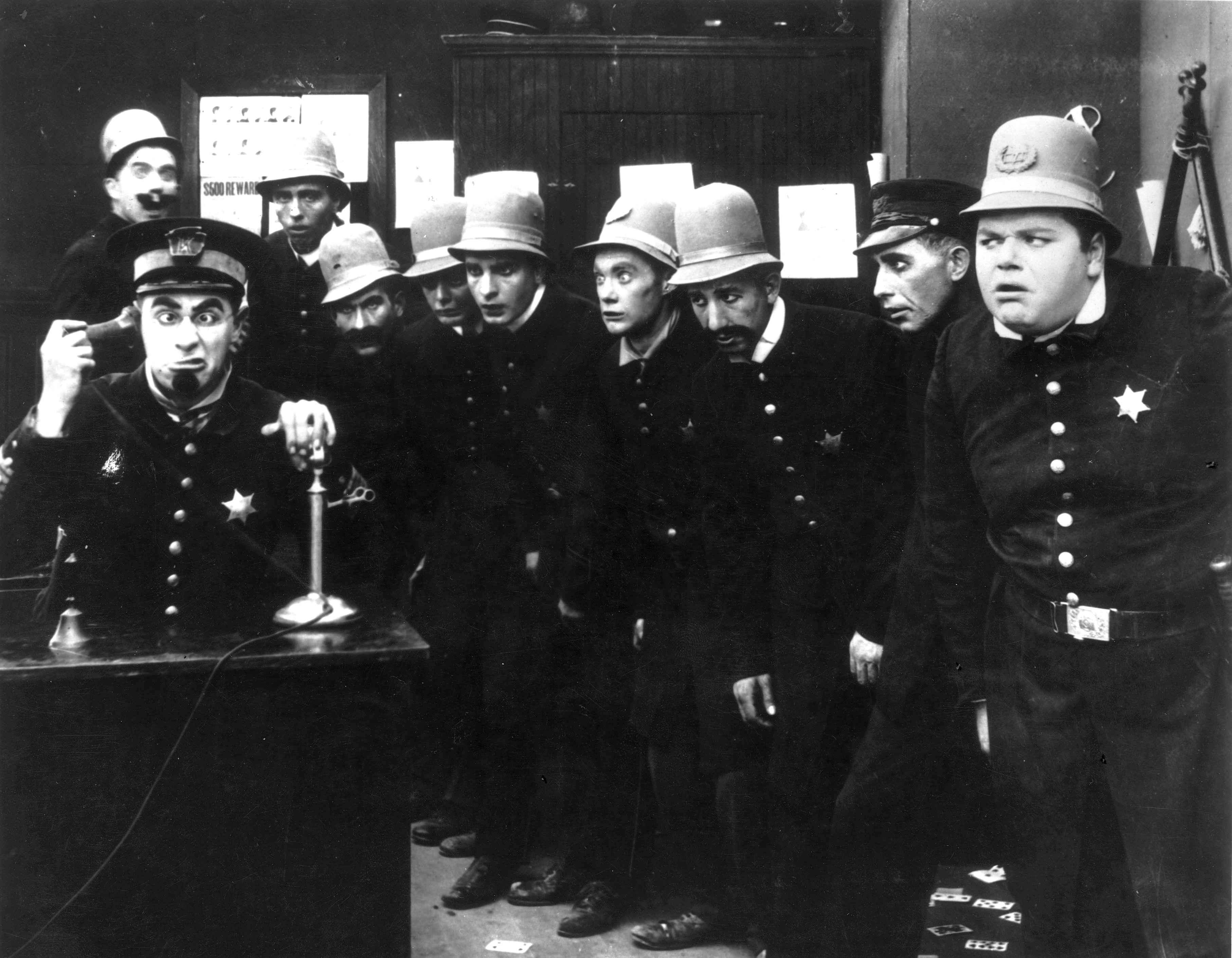How to Avoid Task Conflicts Damaging Team Relationships
This is one of our free-to-access content pieces. To gain access to all Ideas for Leaders content please Log In Here or if you are not already a Subscriber then Subscribe Here.

The potential performance benefits of task-related conflicts can be jeopardized when those conflicts deteriorate into personal relationship conflicts. Strong team identification can prevent such deterioration — as long as the original conflict is of medium intensity.
As team members work on various (team) tasks and project, conflicts can arise over issues such as, for example, how the work should be done, or the best way to achieve results. While solutions can emerge from productive give-and-take, task-related conflicts tend to slide into personal relationship conflicts. This occurs for several reasons. Often, work criticisms or disagreements are misinterpreted as personal attacks. Another reason is the harsh behaviour — for example, aggressive language, or humiliating or intimidating tactics — that can occur in the heat of an intense debate.
A research team, using data collected from 88 development teams in 60 German companies from a variety of industrial and manufacturing sectors, explored the association between task conflicts and relationship conflicts and the different factors that might prevent task conflicts from destroying personal relationships on the team.
Their research led to the following conclusions:
This research shows that under certain conditions — specifically high levels of team identification by members of the team and medium levels of task conflict — the deterioration of task conflicts into relationship conflicts can be avoided. The key is to ensure high levels of team identification and to keep the level of task conflicts from becoming too intense.
Transformational leaders can reinforce high team identification by presenting a compelling shared vision for the team. Leaders must also unequivocally model team-oriented behaviour.
Another important factor in encouraging team identification is communication and interaction among team members. Organizations must ensure that team members have every opportunity to interact and communicate, therefore strengthening their bonds. Team building exercises will also reinforce team identification.
Team leaders also have an important role in avoiding high levels of task conflicts. Laying the ground rules for cooperation and collaboration is an important step. For example, team members must understand that constructive dissent is beneficial and expected, but that everyone must also be aware of and vigilant about the danger of constructive task conflicts deteriorating into destructive relationship conflicts. Having strategies in place to deal with contentious discussions that are getting personal is vital.

Ideas for Leaders is a free-to-access site. If you enjoy our content and find it valuable, please consider subscribing to our Developing Leaders Quarterly publication, this presents academic, business and consultant perspectives on leadership issues in a beautifully produced, small volume delivered to your desk four times a year.

For the less than the price of a coffee a week you can read over 650 summaries of research that cost universities over $1 billion to produce.
Use our Ideas to:
Speak to us on how else you can leverage this content to benefit your organization. info@ideasforleaders.com